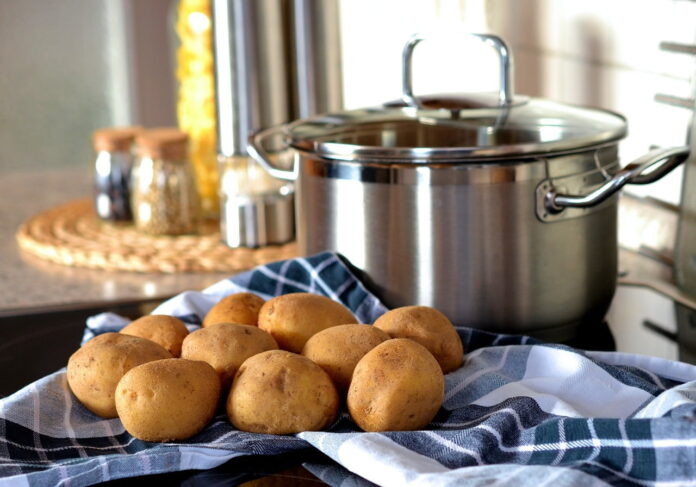Home composting is a rewarding practice that not only reduces the amount of kitchen waste sent to landfills but also transforms organic scraps into a valuable resource for the garden. By composting at home, you can create a nutrient-rich soil amendment that can enhance soil structure, promote healthy plant growth, and help retain soil moisture.
Understanding Home Composting
Home composting is a natural process that involves the breakdown of organic matter by microorganisms, such as bacteria and fungi, into a dark, crumbly substance called compost. This process is similar to what occurs in nature when leaves and plant debris decompose on the forest floor. Compost is rich in nutrients and beneficial microorganisms, making it an excellent soil conditioner for gardens and potted plants.
To successfully compost at home, it’s important to understand the balance between ‘greens’ and ‘browns’. Greens are nitrogen-rich materials like vegetable scraps, fruit peels, and coffee grounds, while browns are carbon-rich materials such as leaves, straw, and paper. A proper balance of these two types of materials ensures that microorganisms have the necessary energy and nutrients to efficiently break down the waste.
In addition to the carbon-to-nitrogen ratio, other factors that influence the composting process include moisture, oxygen, and temperature. The pile should be as moist as a wrung-out sponge to support microbial activity, and it should have sufficient airflow to prevent anaerobic conditions, which can lead to odors. The composting process generates heat, and a well-managed pile can reach temperatures high enough to kill weed seeds and pathogens.
Setting Up Your Compost Bin
To start composting at home, you’ll need a compost bin or designated composting area. Compost bins come in various sizes and styles to accommodate different spaces and preferences. You can purchase a ready-made bin, or construct one using materials like wood pallets or wire mesh. Ideally, locate your compost bin in a convenient yet discreet area of your yard, with partial shade to help regulate temperature and moisture.
When setting up your compost bin, it’s important to ensure good drainage and access to the soil beneath. This allows excess moisture to drain away and beneficial organisms from the soil to enter and assist in the composting process. Begin by placing a layer of coarse browns, such as twigs or straw, at the bottom of the bin to improve airflow and kickstart decomposition.
Layering greens and browns in alternating layers can help maintain the right balance in your compost pile. However, it’s not strictly necessary to layer; you can also add materials as they become available and mix them periodically. Just remember to chop or shred larger items to speed up decomposition and cover fresh green materials with a layer of browns to minimize odors and flies.
Maintaining Your Compost Pile
The key to a healthy compost pile is regular maintenance. Turning or aerating the pile every few weeks introduces oxygen, which is essential for aerobic decomposition and helps to speed up the process. Use a compost fork or aerator tool to mix the materials, bringing the outer portions to the center and vice versa. This also helps to distribute moisture and break up any large clumps.
Monitoring moisture levels is crucial for successful composting. The pile should remain moist but not waterlogged. During dry periods, you may need to add water to maintain the correct moisture level. Conversely, during wet seasons, covering the pile with a tarp or adjusting the lid on your bin can protect it from becoming too soggy.
Lastly, be patient and observant. Composting is a natural process that varies in speed depending on factors like temperature, material composition, and maintenance practices. Over time, the bottom layers of your compost pile will transform into dark, earthy-smelling compost ready to be harvested. When the compost is fine-textured and homogeneous, it’s time to sift it and add the finished product to your garden beds, enriching the soil with a bounty of nutrients.
Home composting is an accessible and sustainable practice that benefits both the environment and your garden. By understanding the basics of composting, setting up an appropriate bin, and maintaining the pile with care, you can efficiently convert kitchen scraps into nutrient-rich soil. Not only does this process reduce waste, but it also fosters a deeper connection with the natural cycles of growth and decay. Whether you’re a seasoned gardener or a newcomer to composting, the rewards of nurturing your own compost pile are plentiful, yielding a healthier garden and a greener planet.
